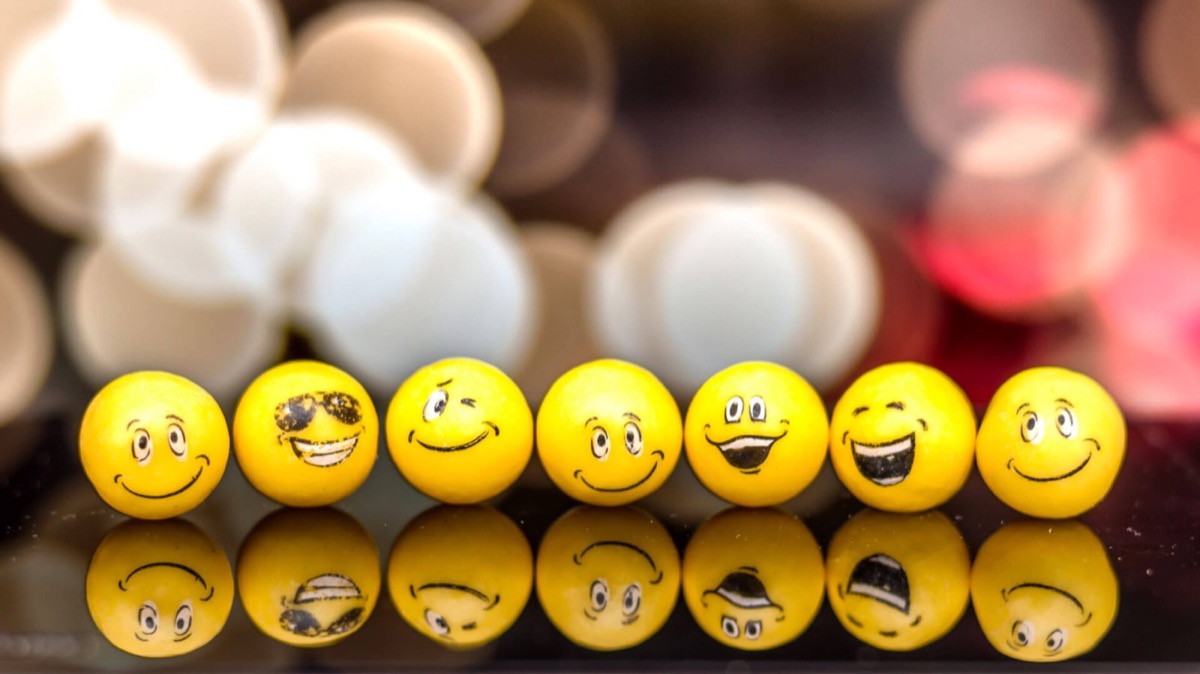Emojis – putting the emotion into conversation
13th September 2022
A new report by Brandwatch examines how we share emotions online and the impact emotional conversations have. We last looked at this way back in March 2019. Since then, there’s been a global pandemic, and we have spent more time online than ever. So, has this changed the way we share our emotions using emojis?
Amy Barker from Brandwatch stated in 2019, “Emojis are a real part of the way we communicate today. Emojis add context to conversations in a way that transcends one language.”
We all use them. Smiley faces depict our happiness; the love heart eyes show we have seen something we love, or angry faces to show our displeasure. But, with all we have been through in recent years, are we angrier, more grateful, or have we decided to use our humour to get us through some trying times?
The Statistics
2018
After a breakdown of our emotions during 2018, you will be pleased to know that most of us were cheerful, with nearly 29% of people sharing positive reactions. But, sadly (no pun intended), the following most popular characters were ones depicting sadness ☹ in fact, 19.6% of us felt we needed to express our sorrow with an emoji in 2018!
We were pretty disgusted at times too! 18.1% of us expressed our revulsion on social media.
16.1% felt fear and expressed this on social media posts – how frightful!
Surprise surprise! Yep 9% of us experienced something that gave us a surprise. Hopefully, most were pleasant!
2020 & 2021
Let’s now look at the most recent statistics and see if a pandemic has changed our behaviour. In 2020, unsurprisingly, the most used emoji were those to illustrate our anger, sadness, disgust and fear. There was also a massive increase in medical masks and microbe emojis.
As we entered the 2nd year of the pandemic, our moods changed, and we became much more positive. Joy was the leading emoji, whereas fear, anger and disgust were used less. In addition, as the vaccine rollout increased, so did the use of medical emojis such as the syringe.
Us folk in the UK are sometimes viewed as moaning minis by other nations, so it might be surprising to know that on social media, the UK is the world leader in using positive reactions to Facebook posts. However, regarding negative responses, the UK used them the least. Germany used them the most, followed by Spain and Italy. So it would appear we aren’t quite the whingers that the world views us as after all!
Emojis are a simple way to express your feelings, but brands can learn from this with their marketing strategy. Are people happy with your products? When you post on social media, do you get any angry reactions? If so, don’t hide from them; learn from them. Ask what causes that reaction and address this. At the same time, If people love your products and your content, take note and use similar content again. There is nothing wrong with recycling well-received content! If it’s a winner, don’t be afraid to share again!
If you want to tailor a piece to what brings people the most joy, do something that entertains!
To get your online presence, those smiley faces, and love, get in touch with the greensplash team.


